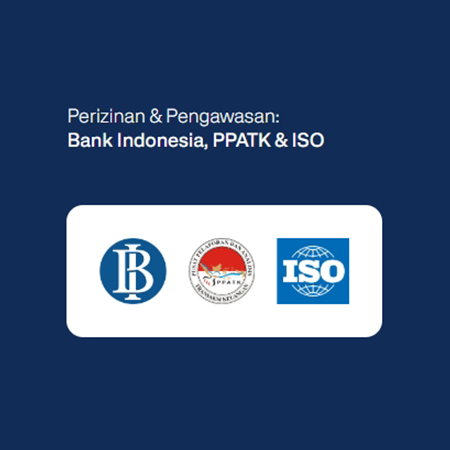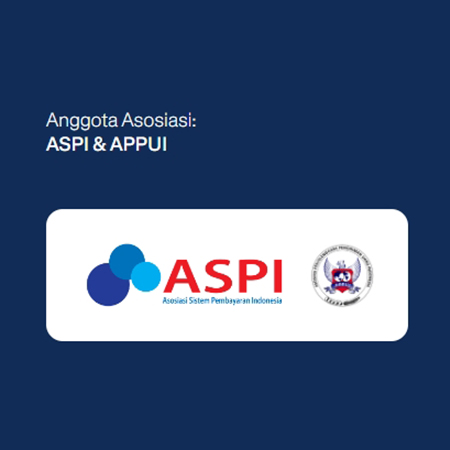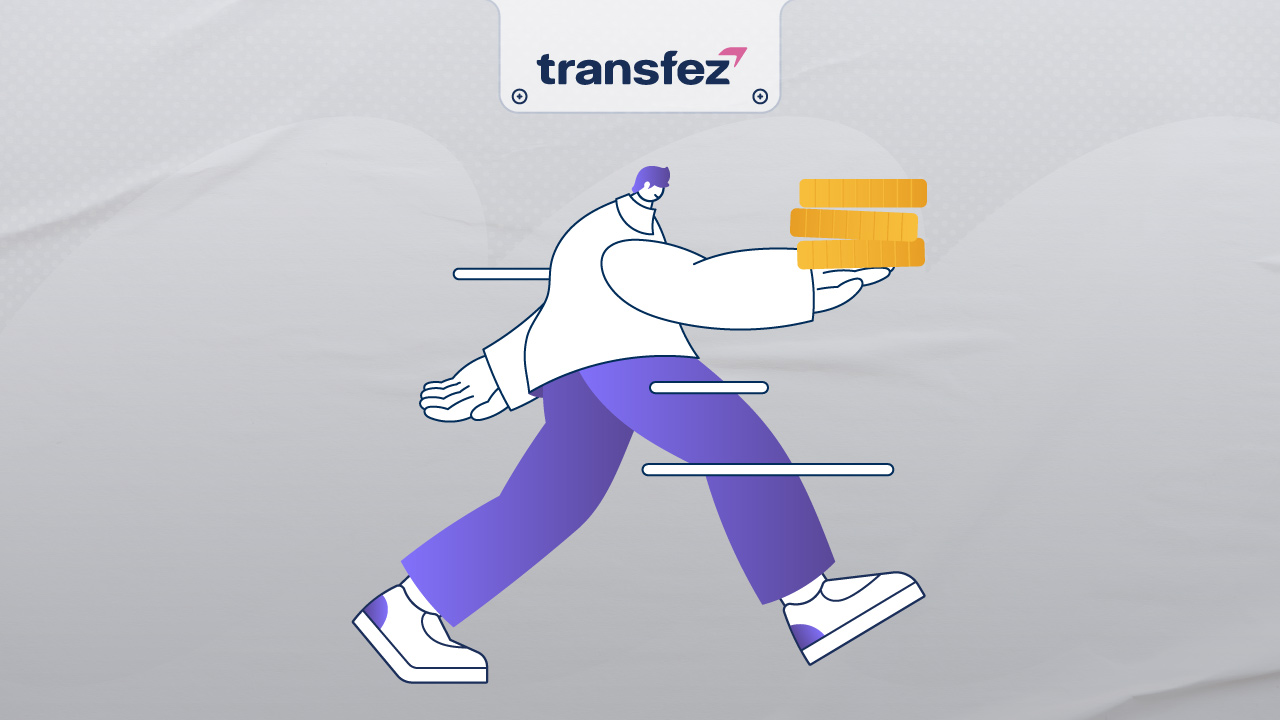
Liquidity refers to a company’s ability to meet its short-term obligations, such as trade payables, tax payables, dividend payables, and other debts. It can also be defined as the ability of an individual or a business to pay off all debts that are due in the short term using their current assets. Quick ratio, cash ratio, and current ratio are all indicators of a company’s liquidity level.
A company’s liquidity level reflects its financial performance. The higher the liquidity, the better the company is perceived to perform. Companies with high liquidity often gain more opportunities and support from various stakeholders, including financial institutions, suppliers, and creditors.
Definition of Liquidity Level
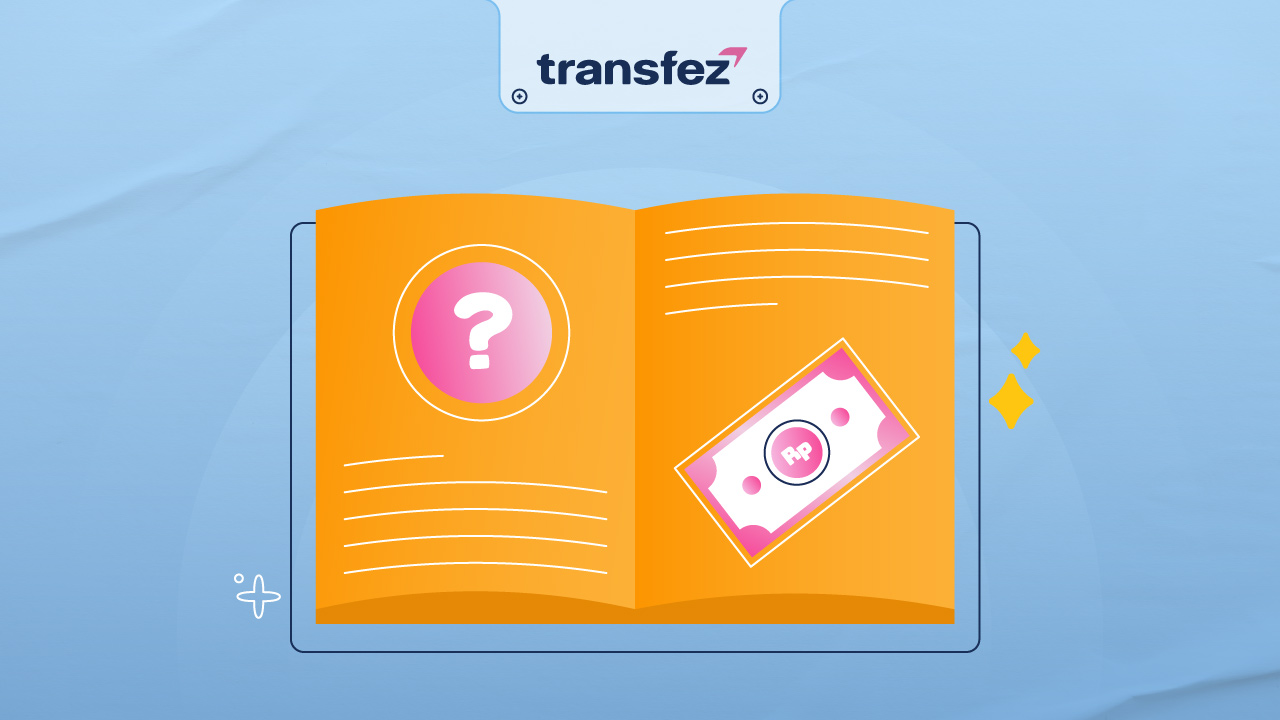
Liquidity level serves as a benchmark for a company’s performance. The higher the liquidity ratio, the better the company’s financial health is considered to be.
In simple terms, liquidity refers to the company’s ability to pay short-term debts. Thus, liquidity is a key indicator of a company’s readiness to meet its obligations.
Financial institutions such as creditors, banks, and others often evaluate a company’s liquidity ratio before approving loans or other financial support. Liquidity can also refer to how easily an asset or security can be quickly bought or sold in the market at a price that reflects its intrinsic value.
Put simply, liquidity is how easily a company can convert its assets into cash.
Benefits and Functions of Liquidity in a Company
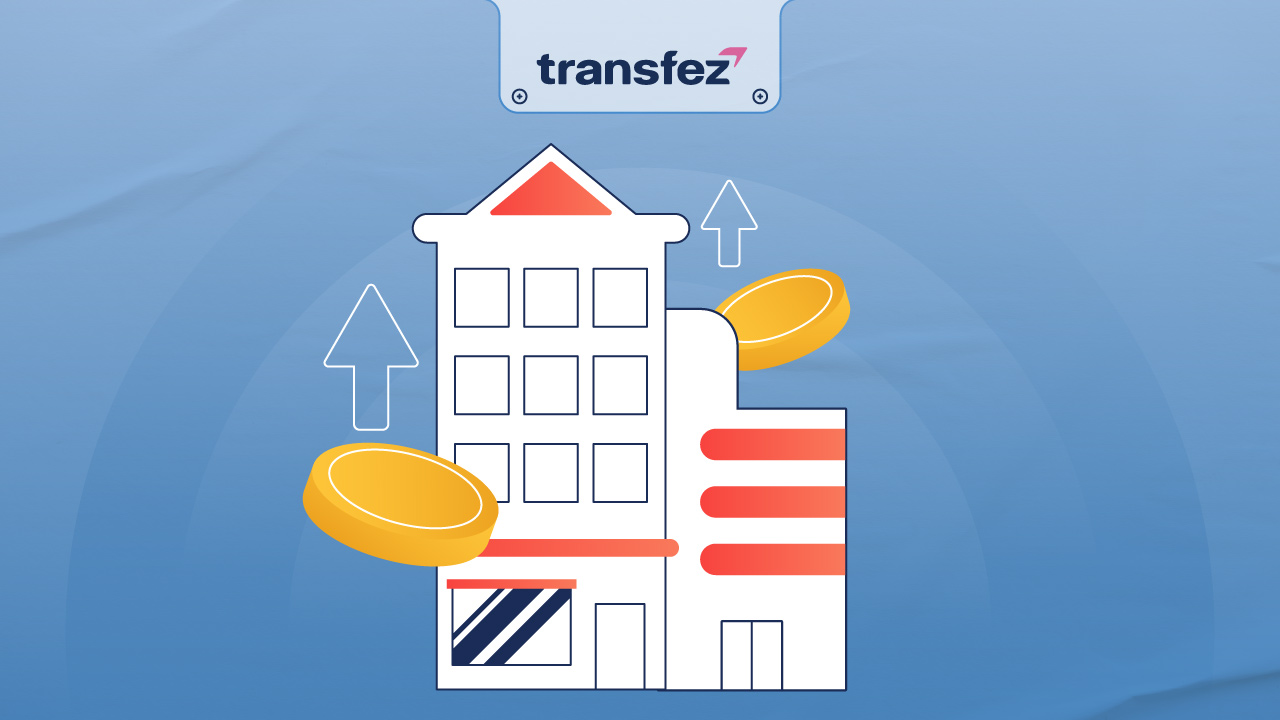
Measuring a company’s liquidity level has several benefits and important functions, such as:
- A benchmark to assess the company’s ability to pay off short-term debt
- A tool for ensuring the company has emergency funds
- A means to evaluate and improve company performance
- An indicator for cost reduction or efficiency improvements
- A tool for analyzing short-term financial conditions
- A factor that simplifies services for clients and partners
- An indicator of flexibility when applying for investment approvals or other benefits
Components of Liquidity
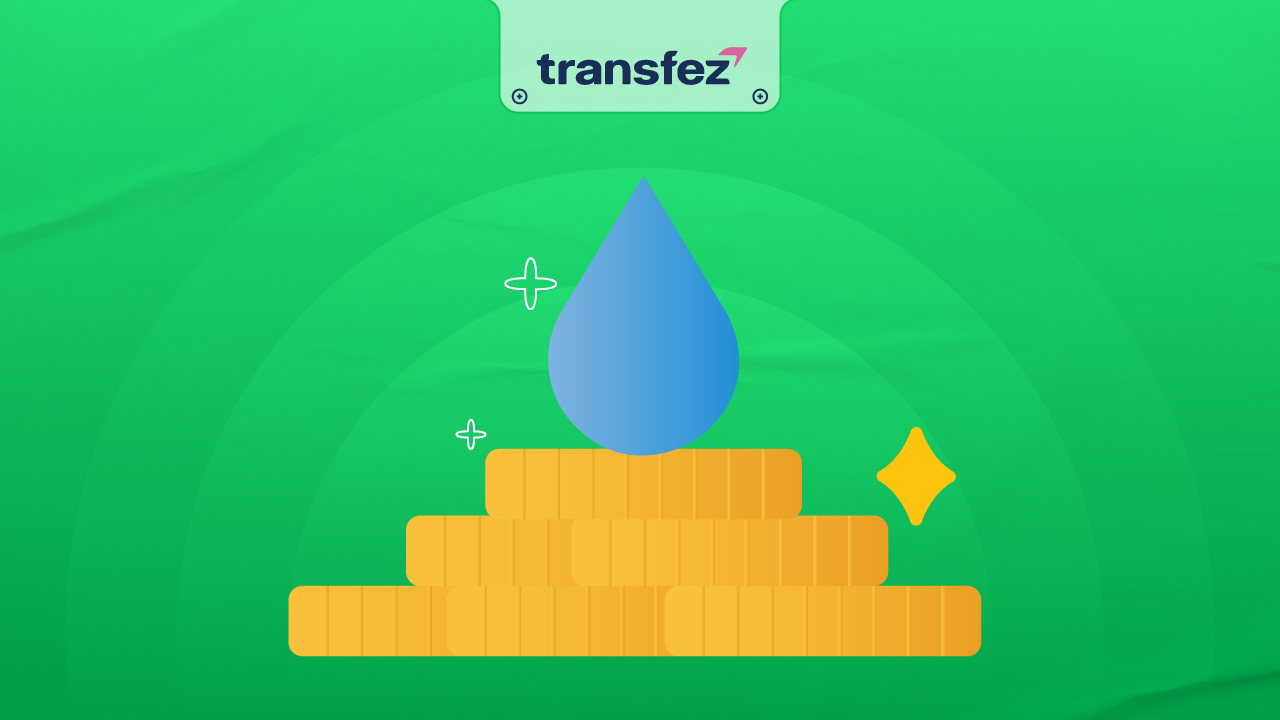
Liquidity is composed of the following three elements:
1. Tightness (Bid-Ask Spread)
The difference between the normal market price and the accepted transaction price of an asset.
2. Depth
The volume of goods or securities being traded at a particular price level.
3. Resilience
The speed at which prices return to normal or efficient levels after temporary deviations.
Example of Determining Liquidity Levels
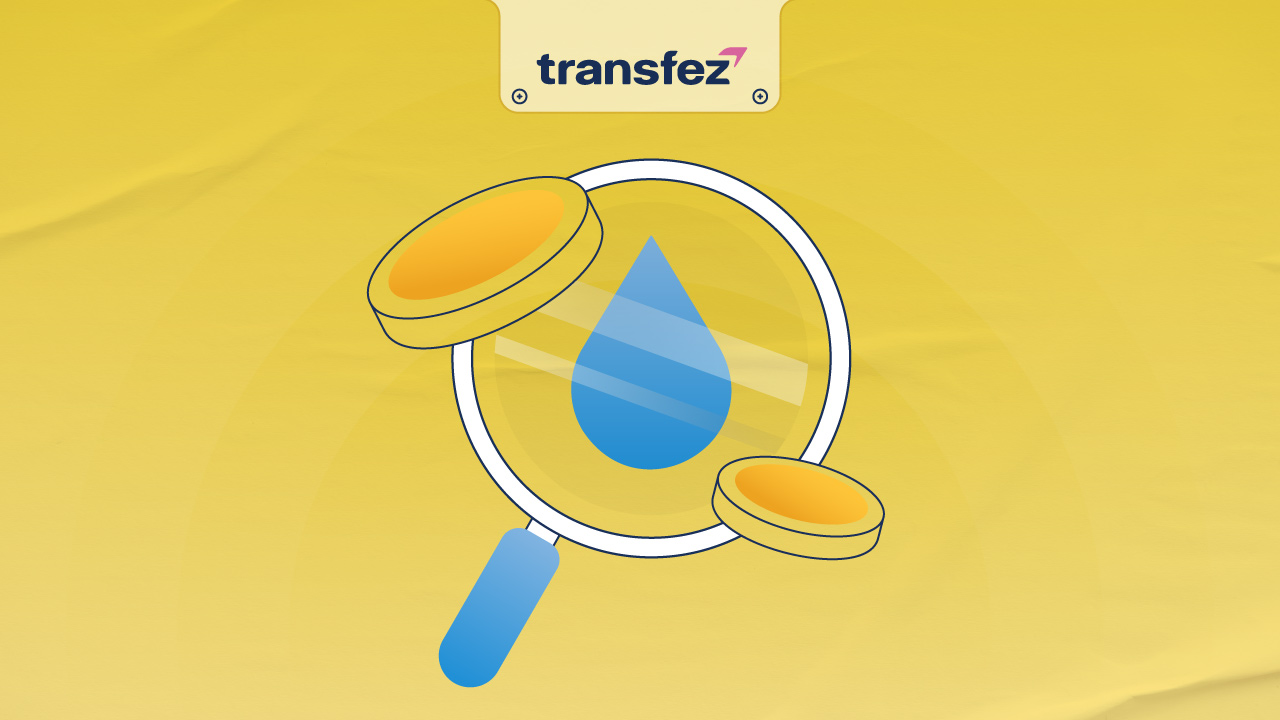
Cash is considered a highly liquid asset since it can be easily used or converted into other assets.
Example: Ani wants to buy a phone worth IDR 5 million. Her cash is the most liquid asset she can use to purchase the phone.
However, if Ani only has ornamental plants appraised at IDR 5 million, it’s uncertain whether she can trade those for a phone. Not all sellers accept plants as payment. Hence, luxury items like plants or paintings are considered less liquid assets.
Liquidity Crisis

In 2008, a global financial crisis occurred. Many companies were unable to pay short-term debts such as salaries and loans. A clear indicator of a liquidity crisis is when a company fails to fulfill its short-term obligations.
Types of Liquidity Ratios
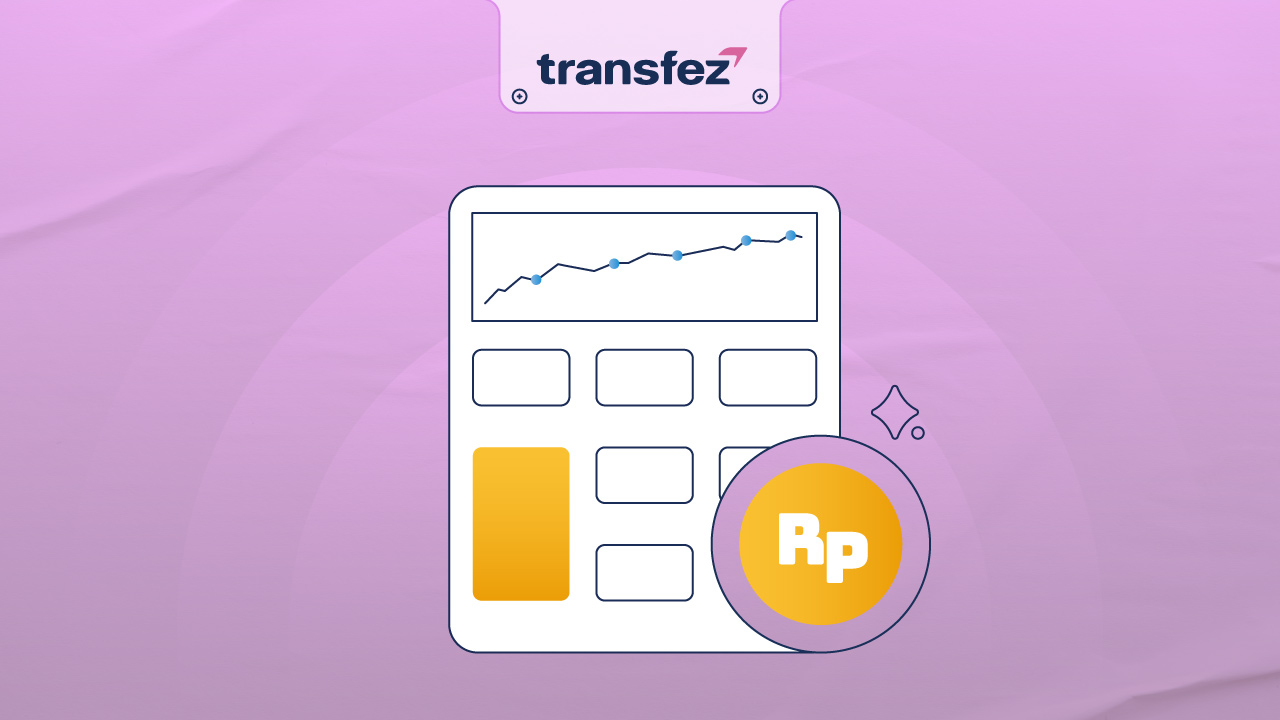
1. Current Ratio
Measures the company’s ability to pay all current liabilities using its current assets.
Formula: Current Ratio = Current Assets / Current Liabilities
2. Quick Ratio
Measures the company’s ability to meet short-term obligations without relying on inventory.
Formula: Quick Ratio = (Current Assets – Inventory) / Current Liabilities
3. Cash Ratio
Evaluates the company’s ability to pay short-term liabilities using only cash or cash equivalents.
Formula: Cash Ratio = Cash or Cash Equivalents / Current Liabilities
4. Working Capital to Total Assets Ratio
Measures the proportion of working capital available relative to the total assets of the company.
Formula: Working Capital to Total Assets = (Current Assets – Current Liabilities) / Total Assets
Now you understand liquidity better: it’s essentially the ability of a company to pay off all its short-term obligations. A good liquidity level increases a company’s chance of receiving support from financial institutions and banks.
Download Transfez App
Transfez App can help you transfer money abroad more quickly and efficiently. Jack Finance can also help your business in making transactions abroad. For those of you who want to send money to relatives who are abroad because they are studying, working, or traveling, Transfez will be ready to help. This app is available on Android as well as iOS.









